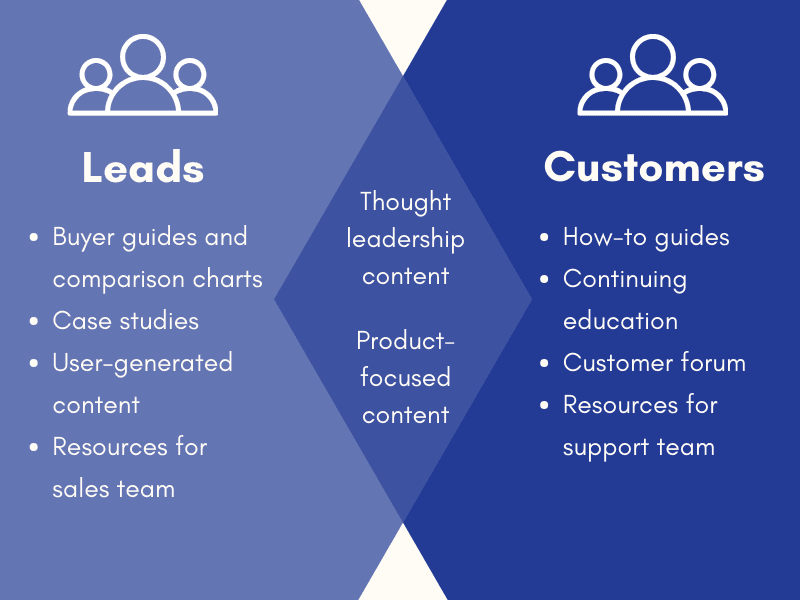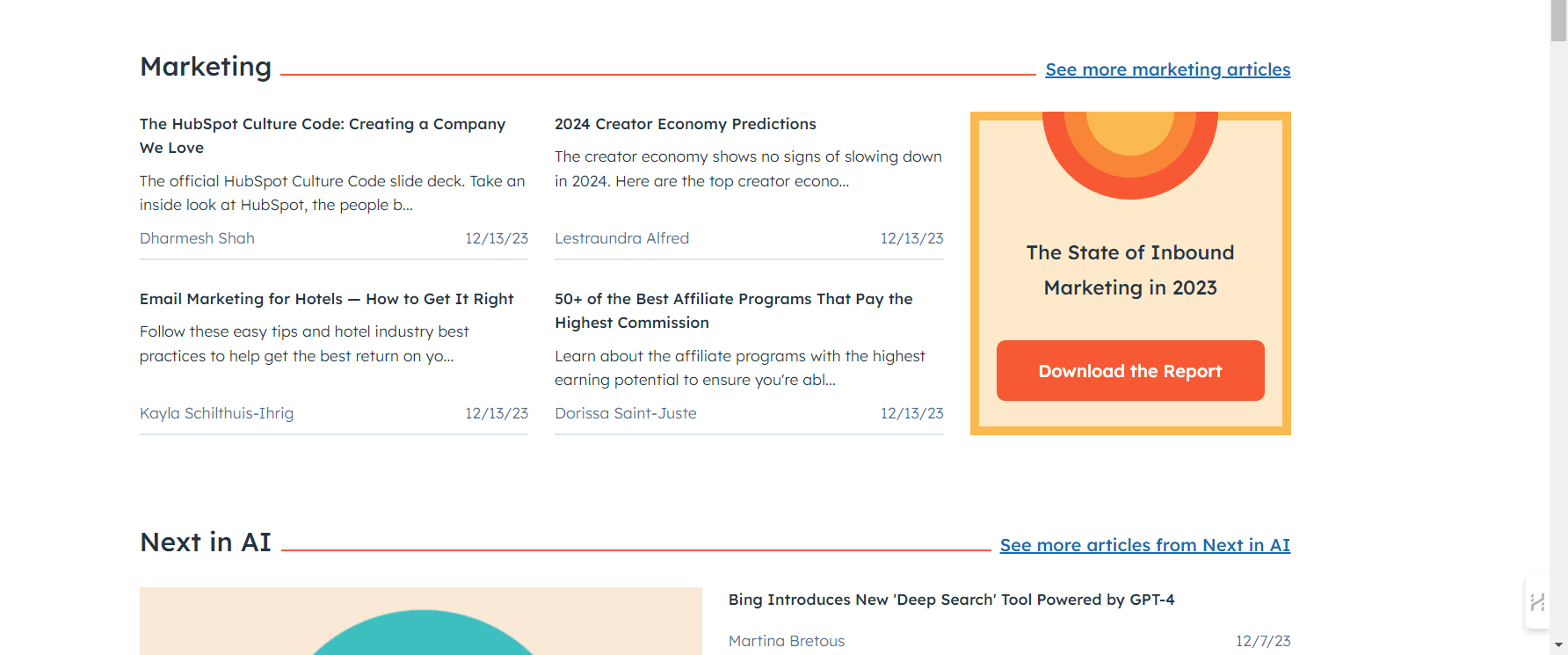Content Marketing 101 says to know your audience and write something that speaks directly to them. But for many organizations, this simply isn’t feasible—you might have a diverse customer base with varying needs and priorities, or you might need resources for vendors, internal employees, leads, and customers without maintaining different channels for each one.
We see this often with web pages and landing pages (although it can apply to blog writing, too). Our clients who cater to different verticals and decision-makers want to appeal to each type of buyer using the same website and blog content. Easier said than done, but not impossible.
Here’s how you can navigate the complexities of writing for multiple audiences while achieving your content goals.
Identify Your Audience and Create Personas
Whether you’re writing for one audience or multiple stakeholders, you first need to understand who you’re writing for and what they want to know. Identify their roles and priorities, their pain points, and their decision-making habits. Then, create personas for each segment.
For example, if you want to appeal to new leads and customers, think about the type of people who already buy from you:
- What industry are they in?
- What role do they play in the company (e.g., finance, marketing, sales)?
- What size is their company?
- How many decision-makers are involved?
- How long do they take to make decisions?
- Are they price-sensitive?
- What does their buying journey look like?
- Which content channels and mediums do they prefer?
Let’s say you have a home care agency and get leads from healthcare providers and the general public. Each type of customer will have a different buying journey and unique priorities to satisfy. A family seeking care for their elderly mother may value things like experience, background checks for caregivers, and affordability, while healthcare facilities might be interested in availability and referral fees.
In this case, you might have two different website experiences—one for families and one for facilities or healthcare providers. A third option might be for applicants who want to start a career as a caregiver. They can learn via your website and content what it’s like to work for you.
As an example, Meltwater does an excellent job of creating unique content for customers based on their department, industry, and company type:

These pieces are easier to put into place once you understand who your audience is and the needs and priorities you must satisfy.
Find the Underlying Unifier
Different customers come to your business for different reasons, but there’s always some common denominator that unites them. To write for multiple audiences, you need to find that common denominator and communicate it universally.
A Venn diagram can be useful for this. These diagrams show two or more items (in this case, audiences) in overlapping areas. In the overlapping section, you’ll add things they have in common. In the non-overlapping sections, you’ll include things that are unique to each of them, like this:

When creating a single piece of content for multiple audiences, focus on the underlying unifiers. These are the things that will resonate with them regardless of any other characteristic.
Illustrate Your Content with Relevant Examples
Examples bring content to life. They put your ideas into perspective and turn your text into action steps and inspiration. One piece of content can cater to multiple personas when you include relevant examples for each segment.
Let’s say you’re writing a blog article about how to create data dashboards for various departments and industries. You can pull real-world or hypothetical examples that align with each audience. For example, if your customers are in manufacturing, warehousing, and healthcare, you can include metrics that are relevant to each industry to pull your readers in.
Tag and Organize Your Blog Content
If you’re writing blog articles, case studies, or other content for specific audiences, you can keep them all under one roof with good organization.
One way to do this is to tag each blog post according to your audience or topic. Readers can click on the topic or niche that resonates with them and see all articles using that tag. This filters irrelevant content without having to create separate blogs for each of your audiences.
HubSpot does something similar with its blog. Readers can see the latest articles as well as articles related to marketing, AI, service, sales, websites, and more.

This method works well for blogs with lots of content covering diverse subjects. This way, users can hone in on content that matters to them.
Use Neutral Terminology
Consider that different audiences also have different backgrounds and experiences, and not all of them will share a common language. Ask a professional web developer and an average high school student to explain the internet and you’ll get two very different answers, one significantly more technical than the other.
With this in mind, it’s important to use neutral language when writing for multiple audiences—terms that everyone will understand regardless of background.
Here are some tips to apply when writing simply:
- Avoid jargon and complex language
- When unfamiliar terms are needed, define and explain them in simple terms
- Use analogies or examples to break down complex ideas
- Present details in a straightforward manner
- Provide context when introducing a new idea
Get Help Writing for Multiple Audiences
Writing for multiple audiences, all at once, is both art and science. It takes time and effort to strike the right balance and get your message to sink in with the right people.
If you have yet to master this art, Content Pros can help. Our writers are skilled in all things content and copywriting, including catering to the needs of diverse clients and stakeholders. Contact us today to learn more.

